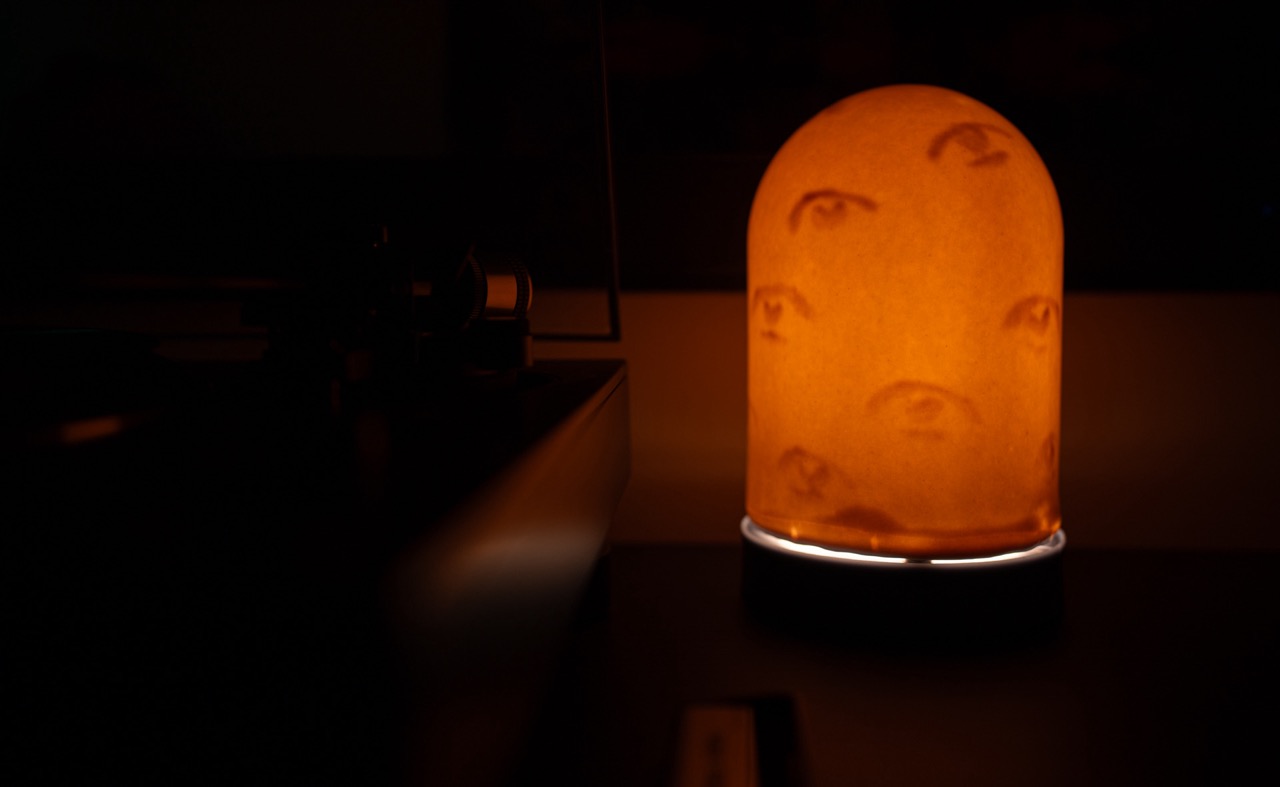

WED 6–9PM
THU–FRI 2–9PM
SAT–SUN 11AM–9PM
*garden 2AM
TUE 6–9PM
WED–FRI 2–9PM
SAT–SUN 11AM–9PM
*garden 12PM
Jadran film
Studio Orson Welles
Ul. Rudolfa Kolaka 12
10000 Zagreb
TUE 6–9PM
WED–FRI 2–9PM
SAT–SUN 11AM–9PM
*garden 12PM
WED 6–9PM
THU–FRI 2–9PM
SAT–SUN 11AM–9PM
*garden 2AM
Studio ONYE was founded by a Zagreb-based designer Branimir Boban, born in 1997. He graduated from the School of Applied Arts and Design in Zagreb, Department of Ceramic Design, and later earned his degree in sculpture from the Academy of Fine Arts in Zagreb in 2024. His interest in ceramics began in high school and continued to develop through his sculptural studies.
In 2016, he exhibited a collection of light objects titled Lost Human Virtues at the Ceramic Laboratory exhibition. In 2020, he participated in the 12th International Medal Project themed Future for Nature. In 2023, he collaborated with Nenad Sovilj on the Genesis collection — a reinterpretation of Greek vases — exhibited at Klovićevi dvori. His graduate work was also featured at a solo exhibition in the Studio Gallery Antun Augustinčić in Klanjec.
Lumino Porcelain is a series of porcelain lamps and shallow vessels cast at a thickness of up to 2 millimeters, allowing light to pass through the material itself. Each element is mounted on a 3D-printed base containing the light source, making the object both a functional lamp and a sculptural artifact.
The project explores the limits of porcelain as a material — particularly its often-overlooked translucency. Thanks to its crystalline structure, porcelain can conduct light when cast thin enough, while still retaining strength and stability.
The inner surface of each piece contains shallow reliefs, while the outer surface remains clean and minimalist. When the lamp is turned on, due to the varying thickness of the material, hidden images emerge from within. This difference in translucency allows the visual content to appear only when the object is active, making light a key element of the narrative.
The project examines the interplay between digitally generated supporting structures and traditional ceramic techniques. The fusion of handcrafted forms and contemporary technology highlights the potential of an interdisciplinary approach to designing luminous objects and challenges conventional perceptions of fragile materials.